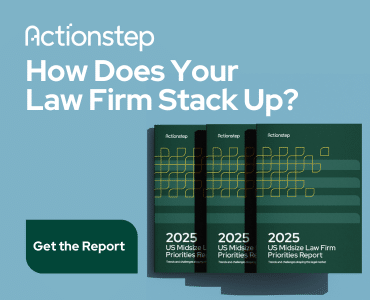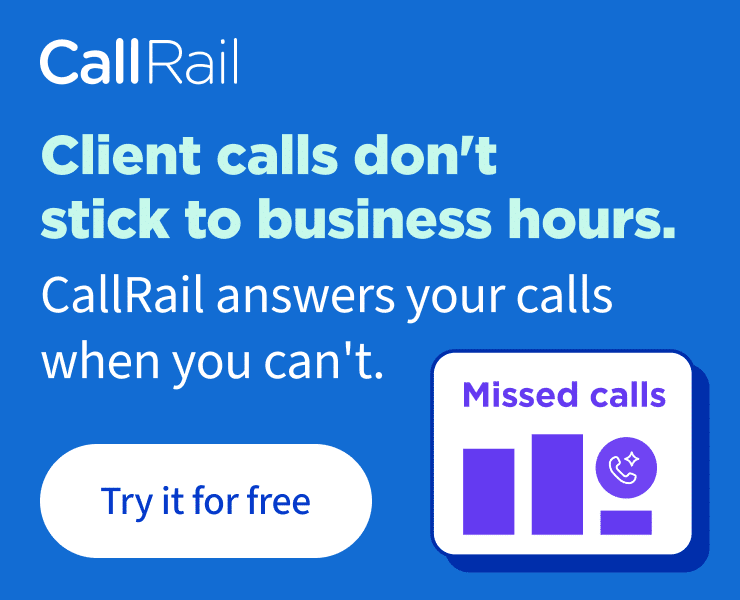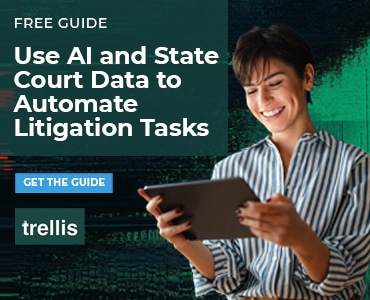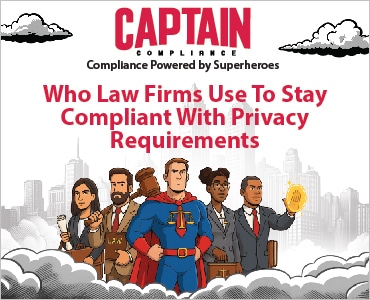“Any time where you are not having fun and you’re not practice law, you’re being underpaid and you’re cheating yourself,” declared Cynthia Sharp, Esq., in the on-demand webinar 7 Time Management Tools for Legal Professionals for Thomson Reuters Firm Central.
Sharp goes on to explain that legal technology based in the cloud (which is basically just another word for the internet) can eliminate mundane, repetitive tasks or at least significantly reduce the time they take. She said she wishes she had it when she started practicing law in the early 1980s.
“Back in the early days of my practice, we cobbled together practice management tools, we didn’t have a cloud back then,” she said. “If we did, I would have been much more effective from the get-go.”
Nevertheless, Sharp built a successful niche law practice that served thousands of clients for almost 30 years. At the pinnacle of her career, she sold her interest and established an attorney business-coaching firm where she advises her clients to take advantage of cloud-based technology.
Better Productivity Leads to Better Client Service
“I can tell you from my experience from my clients, anybody not practicing in the cloud is seriously compromising their clients,” she said.
She detailed what happened during Superstorm Sandy: Attorneys were either panicking because they couldn’t reach their office for weeks — or they served clients from wherever they were located because they had access to their practice through the cloud.
This underscores her top reason for being efficient: To provide excellent client service.
“Why do we want to be efficient?” she asked. “Is it to work harder and harder? Here’s my attitude about efficiency: I want to deliver. I want to work at my highest capability. If I am personally not spending my time delivering legal services, then my education has been wasted.”
In addition to using practice management tools to enhance efficiency, Sharp recommends that you:
- Develop a game plan. Set measurable, realistic goals for what you want to accomplish in a year, and the build out what you’re going to every day, week and month to achieve them. It begins with a gap analysis – know where you are today so you can see how far you need to go to reach your objective.
- Make yourself accountable. Track your progress. If you’re not making any, then break down tasks into smaller, more manageable pieces. Sharp described a client who wanted to present a speech at a specific event. A month passed and it never happened. So they created a task to call the event manager to discuss the opportunity and moved forward from there.
- Evaluate your results. Analyze what worked, what didn’t, and why. “If you didn’t achieve the desired result the questions become: ‘Should we repeat the initiative in the future? What would have made it better? How can we leverage the outcome? What’s the next step forward?’ If you don’t have a clear step forward, you’ll be out there in la-la land.”
Learn More About Simple Tools for Managing Your Time
Sharp demonstrated simple-to-use tools to make each of these tasks easy, fast and manageable. To access them and hear her complete presentation, watch the webinar 7 Time Management Tools for Legal Professionals on demand.

SPONSORED CONTENT. Product Spotlight showcases content provided by Attorney at Work sponsors and advertisers. This does not constitute endorsement by Attorney at Work. See Terms and Conditions for more information.
















